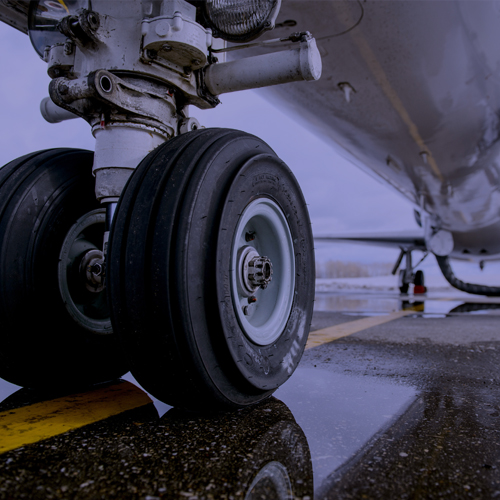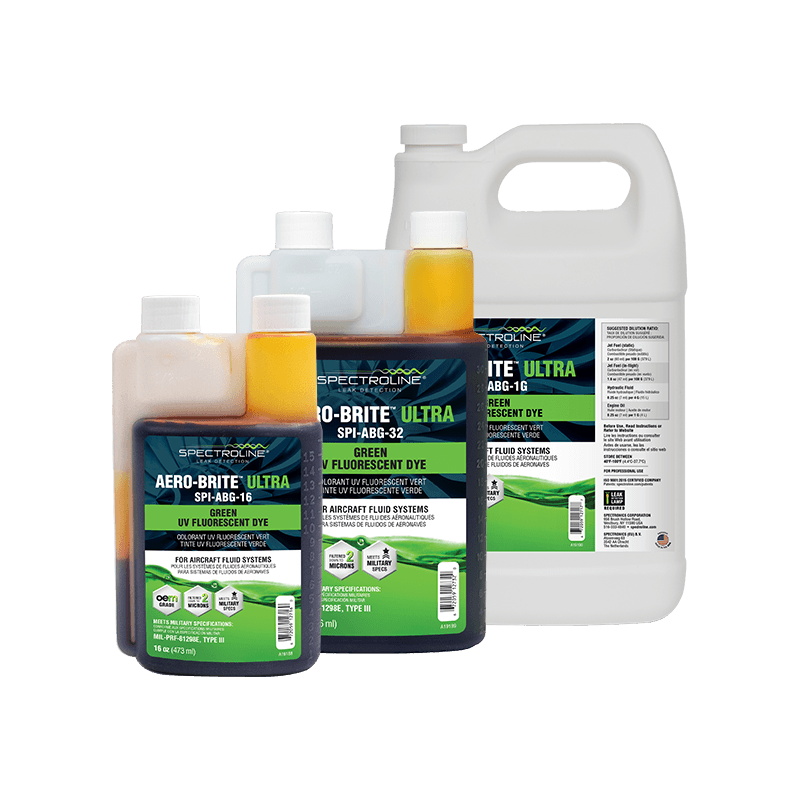Fuel Leaks in Aircraft
Typical Process for Finding Leaks
Finding and fixing aircraft fuel tank leaks has always been an arduous and time-consuming process, many times best left to a specialist. Generally, the aircraft is pulled from service and parked in a hangar or designated safe area.
The general area of the leak is marked; the tank defueled, opened, vented and allowed to dry. A trained AMT dresses in anti-static clothing and ensures that the tank environment meets safety standards before entering the tank. Once inside, the area in question is located, sealant removed, and fasteners replaced if necessary. Safety is of highest importance, so the worked-on area is cleaned thoroughly and prepare for the reseal.
Next, the sealant is allowed to dry, and openings are closed. The tank is pressurized with shop air and the suspected area is sprayed with a soap solution. The soap solution is used to look for the telltale bubbles coming from a leak. If bubbles do appear, the process is repeated, and oversized fasteners are installed and/or another round of sealant is applied. If no bubbles appear, the tank is refueled and put on watch for leaks. If no leaks appear, the aircraft can be returned to service.


